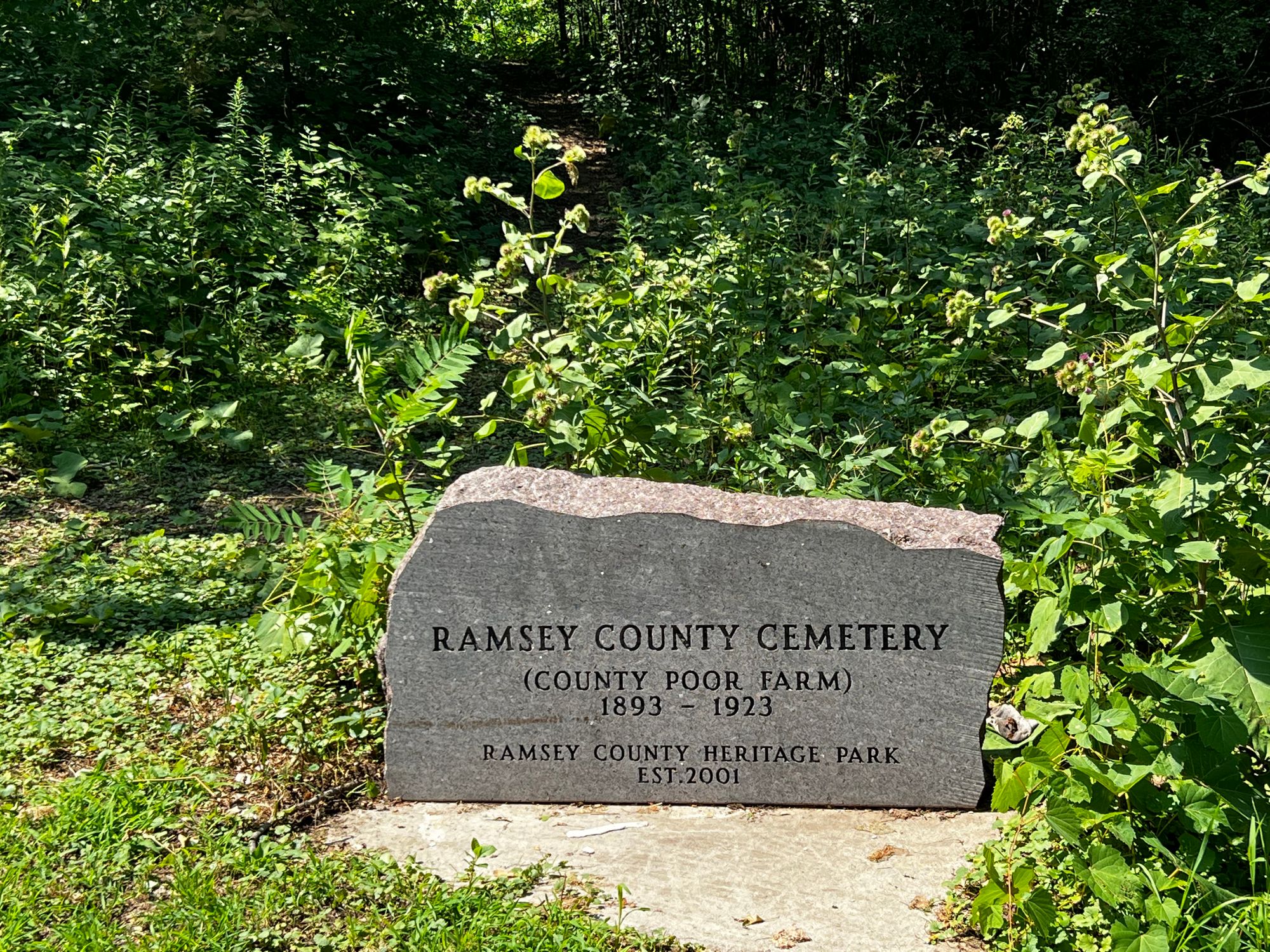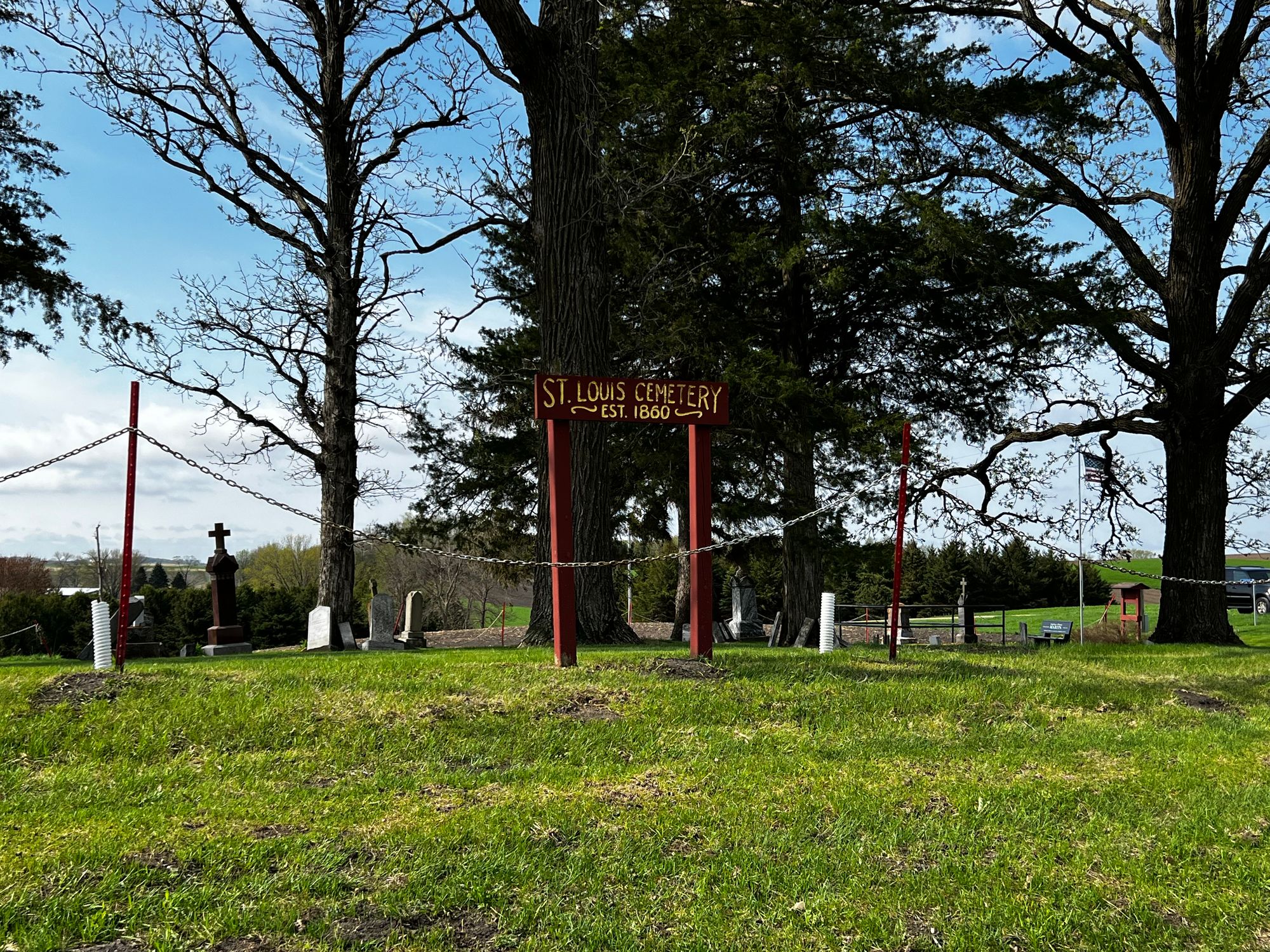Today is the feast of All Souls and the last day of the Hallowtide Triduum which includes All Hallows Eve, All Saints Day, and today. It is a day that the Church established to encourage us to remember and pray for the faithfully departed. It is a day that some will go to Mass (maybe even gaining an indulgence), visit cemeteries, or just take some quiet time to remember the poor souls who are being freed of their earthly attachments in Purgatory.
As someone who grew up in a Mexican-American home, I was exposed to (but never really participated in) the Mexican holiday Día de la Muertos (Day of the Dead). We just went to Mass, although a lot of people my family knew still made little memorials and placed them in a side chapel at the church we attended. Nevertheless, there was always an emphasis of not just praying for the repose of their souls, but also to remember them and their lives as a way of handing on an oral history of our family and community.
This is generally the way that the feast of All Souls is thought about by most people, in highly personal terms of remembering and praying for those we are related to or who we knew or at least knew of. But have you ever stopped to think about those poor souls with whom you have no connection with? Have you ever thought about praying for a complete stranger? Or how about praying for some anonymous person in history, who may have died alone or away from society? Or maybe someone who had little or no exposure to Christianity? This is something that I did not consider until later in life, when I began to better understand my Catholic faith. Now it is something I think and pray about regularly.
The Respect We Still Have for the Dead
During the lockdowns of 2020 that were created to slow the spread of some “unspecified virus of unknown origin” my state did not have overly draconian shelter in place policies. Being someone predisposed since my youth with a wanderlust temperament, I was not one to sit at home and cower in fear. So I began to go on what I called “Pella Runs” where I went for long drives or bike rides along the many paths and trails near my home. After I caught and later recovered from the aforementioned virus, I continued to go biking in order to regain and improve my health. Eventually I would go exploring further and further out into “Gods Country” along paved trails, dirt roads, and the narrow paths in the forests and river valleys that are in abundance in my home state.
The one thing I encountered time and again while riding out in the sticks, were cemeteries. Not the massive multi-acre ones found in urban and suburban areas, but smaller ones that were tucked away in the woods, along a road, or amid farmland. Many of them contained graves that were over 100 years old and belonged to the original residents that settled Minnesota, in some cases even before it was state. It is a testament to what’s left of our culture’s Christian heritage that no matter how developed or abandoned an area has become, the integrity (if not the sanctity) of the final resting grounds of the dead are preserved and maintained. Here are three curious examples.
The Potter’s Cemetery

As I was riding a well-known and heavily ridden path through a local suburb, I came upon a stone marker that said that the wooded area next to the path was the remains of the county’s potter’s field. I followed a side path down to a parking lot where there was a sign that gave a brief history of the place.
During the late 19th and early 20th centuries when indigent, homeless, or unknown people died or no one claimed the body from the local hospital that existed nearby at the time, their bodies were buried in unmarked graves on this site. There was a foot path that went into the woods, but I did not fancy the possibility of walking over someone's grave. It just struck me as odd that here in the midst of this bustling suburb, with a bike path on one side and a busy street on the other, that there were people buried there in some nondescript wooded area that people passed by without giving it a single thought.
St. Louis Catholic Cemetery

I spied this cemetery near the township of Wheatland as I was driving back from going to Mass in New Prague, Minnesota. According to a sign there, it was used by the early French settlers, Voyageurs (fur trappers and traders) and missionaries who first explored and settled this state. Eventually waves of Irish, German, Scandinavian and Bohemian immigrants began settling in the area so that by 1906 only a handful of French families were attending the small church in Wheatland. Masses in French were reduced to one a month, so eventually the church closed down (nothing new under the sun folks).
The church building is gone but the cemetery remains and is still taken care of today. It was located on a highway but was surrounded on all sides by farm fields and some wooded dells. The graves belong to local farmers and veterans, one of whom was a local legend, Joseph Jack Frazer (1806-1869). Frazer was a half-British, half-Dakota native trapper, farmer, and scout for the U.S. Army who was honored for his bravery at the Battle of New Ulm during the Dakota War of 1862.
Whitewater Cemetery

Whitewater is the name of the trout stream that flows through the wildlife management area and state park of the same name near the town of Elba, Minnesota. I used to go fishing and turkey hunting down there and have hiked many of the ridges and dells in the area, I know them well. While out hunting it was not uncommon to come upon the ruins of an old farmstead, an orchard that has gone back to nature, and of course cemeteries.
The Whitewater cemetery sits atop a small hill and can be found by following a hunter’s trail through a field and forest. It is filled with around 40 grave stones that date back to the 1840’s and it is interesting to see that some of them belong to veterans from the first and second world wars. There were also large family plots where there was one large stone with the family name on it and then smaller ones for the individual family members.
There was one family plot that had a stone marked “Infant” which is something I have seen many times before. Obviously in a time of primitive medical care and diseases, whose cures we take for granted today, infant mortality was high. I find it strange (and infuriating) when I hear modern pro-abortion people try to justify aborting a child with a deformity or defect by rhetorically asking, “Why should I carry it, just to bury it?” Because that’s what families who were made of sterner stuff than most of the people today did in the past. It was just part of life.
Doing the Holy and Pious Thing for the Dead
The one thing these cemeteries all have in common is that most of the people buried there died long ago. Their lives are beyond the living memory of their families, friends and peers. They are most likely complete strangers to anyone living today, and unless you do some historical research (like yours truly!) they are now only a name and some dates on a grave stone.
Then of course there are the unmarked graves of the Potter’s Field. Who were these people? What were they like? What were their hopes or plans for the future? What kind of positive qualities or irritating hangups did they have? Did they come from a large and loving family or were they all alone in the world? What was the chain of events brought them to a hospital in Ramsey County where they died alone, poor, or unknown? Colloquially and literally the answer is, “God only knows.”
One of the reasons Catholics are firm in their belief in praying for the dead and celebrating All Souls Day is that First and Second Maccabees was not removed from the Old Testament where the account of Judas Maccabeus is found. After a battle Judas found pagan amulets on the bodies of some of his fallen men, which the text cites as a sin that was in part responsible for their deaths. So he took up a collection to provide for a sin offering to be made at the temple in Jerusalem so that “the sin which had been committed might be wholly blotted out.” For as the author states Judas was “taking account of the resurrection” and “looking to the splendid reward that is laid up for those who fall asleep in godliness.”
This is a passage that is now always on my mind when I see these cemeteries out in the middle of nowhere, especially the older ones. While it is no longer necessary to take up a collection for a sacrifice, we can certainly offer up some prayers for the repose of those souls who died with their hearts and minds turned towards our Lord. After all, you may be the only one praying for them, and your single act of charity may be that one bit they need to be released from the last of their disordered attachments. Furthermore, since none of us knows the hour or manner of our own death, it is not out of the realm of possibility that one of us might, through a bizarre chain of events, end up dying like those poor souls who ended up being buried in the Potter’s Cemetery.
Thus, if the actions of Judas Maccabeus were truly a “holy and pious” thing to do for his fallen men, then it is equally (if not more so) holy and pious to do the same on a feast day like today. We should not only pray for the souls of the faithfully departed that we know, but also consider offering up our thoughts and prayers for those poor souls we don’t know. And, if somehow you ended up like them, wouldn’t you want someone to do the same for you?
Requiem aeternam dona eis, Domine. Et lux perpetua luceat eis. Fidelium animae, per misericordiam Dei, requiescant in pace.
Photo Credit- taken by the author on his many Pella Runs!

